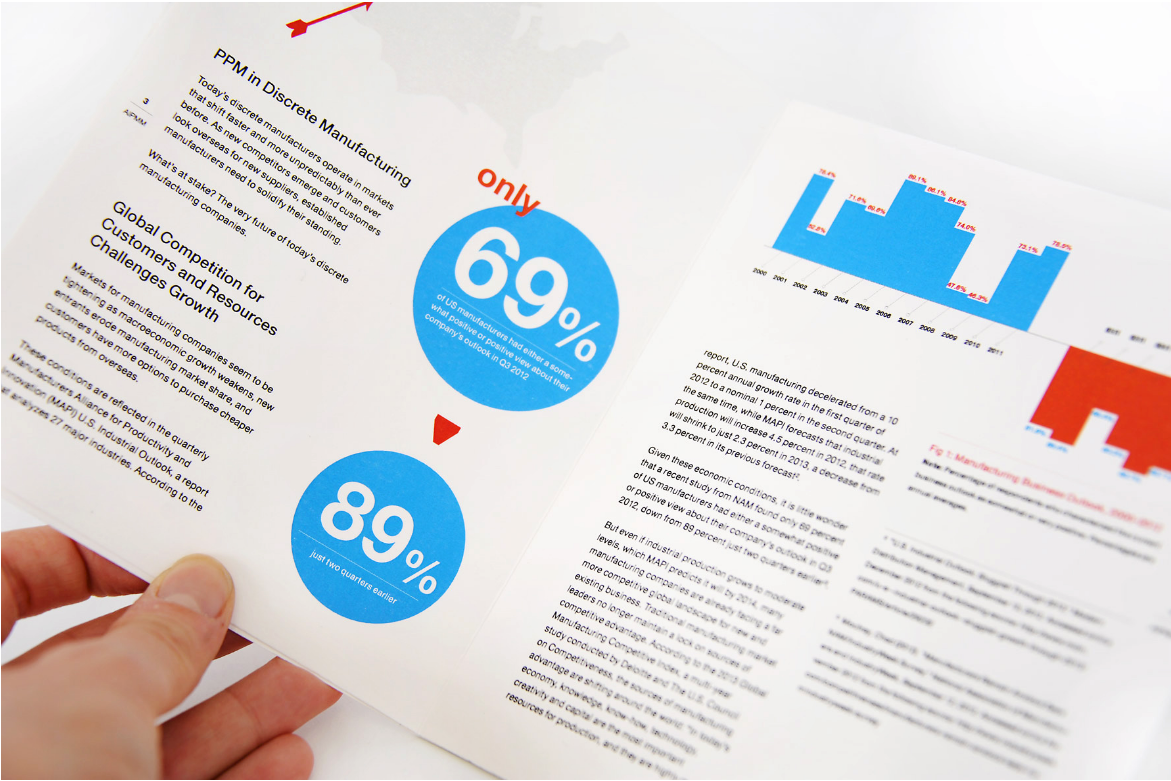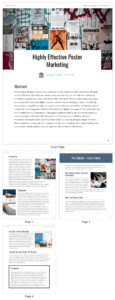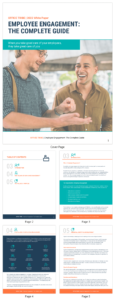10 Things You Need to Have in Your White Paper

A white paper is a document of approximately 10 to 20 pages that contains a detailed description of an idea or proposed business model. The name “white paper” was derived from the fact that traditionally the background color on paper was white. In other words, it’s a fair and unbiased market study of your product/offerings without trying to sell something outright at the very beginning.
The typical white paper template consists of and is the result of extensive market research into a specific topic or issue and contains facts and opinions. Many white paper examples are written in essay style and focus on educating readers about a current problem without presenting a solution. The idea behind this is to get readers thinking about their own needs so they can generate ideas for products or services that might address those needs.
Most people approach writing a document like this with some trepidation because it sounds complicated and difficult. However, using a pre-defined structure makes writing a white paper easier than you might think.
Here are 10 things you need to have when you write your white papers:
Sections of a White Paper Template
1) Introduction
One paragraph to two pages in length that describe the problem, and how bad it is. The introduction should read like an argumentative essay, setting up exactly what you’re going to explain in detail in the rest of the document. It needs to convince readers that they need to buy what you’re selling or invest in whatever offer you make and why they need it now!
2) Background
Here, tell them where we are today and provide some key facts about our current state. Be sure to include relevant data and examples to support your ideas.
3) Problem
Describe the problems with the current state of affairs, and how those problems affect people who have a stake in the issue.
4) Causes
Here you explain what has led up to this situation and why things have come to a head now. Once again, provide pertinent data and examples.
5) Solution
Briefly review how a successful solution would work and possibly some of the benefits that accrue from it being adopted. This section is also where you can begin talking about yourself or your proposed business model for addressing the problem/solving the issue.
6) Benefit
Explain how readers will be better off for adopting your solution and why they should buy from you instead of a competitor. Here is also a place where you can begin selling yourself or your product/offerings.
7) Call to Action
Give them a compelling reason to act now, not later, not tomorrow. Be clear about what is expected of them in this document, and what action steps need to be taken next. Make sure that they know exactly what you want them to do after reading your white paper, even if it is just to think about the information you’ve presented and how it might apply in their situation.
8) Appendix
Provide any facts or information that would help make your case but didn’t fit in the other sections. This is also where you can include additional resources if readers want to find out more about your topic on their own.
End by explaining why you’ve written this document and what position or expertise you have that entitles you to write it. You might also briefly mention what readers can expect from future publications developed by your company, group, association, etc.
10) Reference list
Here put any sources you used to research your topic, so readers can check your facts and get additional information. If you’ve used any statistics or quoted outside sources, be sure to include their full names, titles, etc., along with the page number that they are on.

Venngage
Bonus Tips for your White Paper Design Template
You’ll notice that the overall tone of the white paper is much more formal than an article would be. And it certainly wouldn’t have a very long introduction at all! However, there are places where you could begin to use persuasive techniques to help convince readers why they need what you’re offering now.
When writing a white paper, it’s important to remember who your audience is. Your potential customers want succinctly written content filled with facts and resources that will help them solve problems. However, don’t talk down to them – the “you” in your white paper should be written in a friendly, engaging way.
Also, remember that much of the information contained in your white paper will go over readers’ heads if they are not familiar with the topic or industry you are writing about. So you might need to provide additional explanations for complex terminology and concepts. Don’t use technical jargon or obscure terms that will only confuse readers and make them feel like giving up before they finish reading it!
You can also create a timeline showing when certain events took place historically, or when an organization was created, to help readers understand why today’s state exists. You can even include quotes from influential people throughout human history who have made similar observations about their own times. Or show where things could have been different if one action had been taken instead of another.
Try a Free White Paper Template
Whitepapers are one of the most popular content marketing formats, but they can be time-consuming to create. Beyond getting the right research data, writing a whitepaper can demand considerable front-end investment as you figure out how to organize and present your insights. Merely formatting a paper correctly will make it easier for readers to understand and process your information – plus, it creates uniformity with other white papers from different companies on the market. With a free white paper template, you can quickly design an eye-catching and effective document even if you’re only focusing on your data and content.
If you’re looking for free white paper templates, visit Venngage for a variety of templates that will fit whatever topic you may be presenting about! That’s not all. You can also include Venngage infographics to help you further visualize your data and your message. It’s really a one-stop design shop!

Venngage
Final thoughts
The key is to make your reader want to learn more about the subject you’re writing about and find out what’s possible if their company adopted your solution.
Writing a successful white paper isn’t as easy as writing an article; but with this basic plan of action, you should be well on your way to creating one for yourself.






